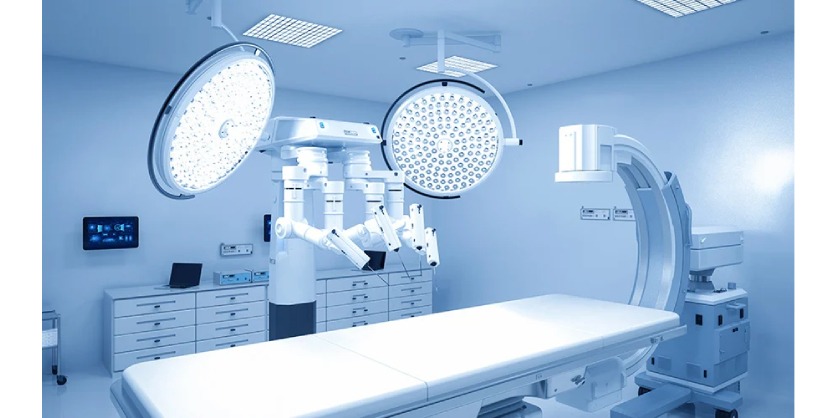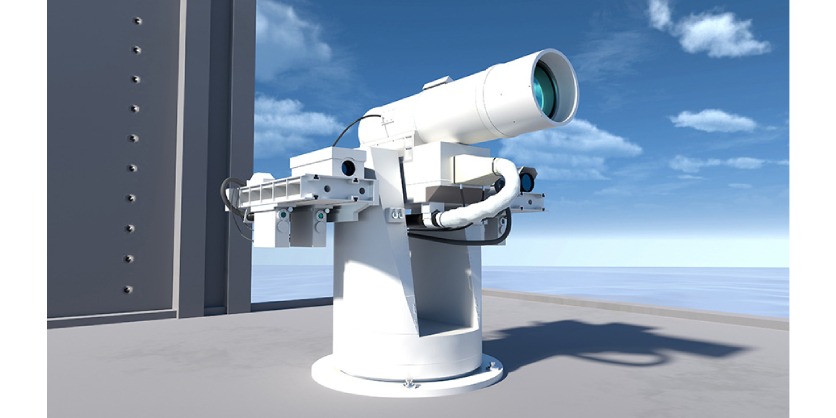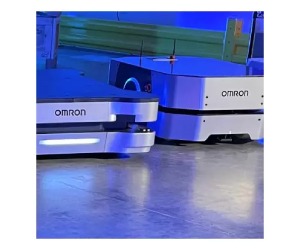Redundant Servo Feedback: When Fail-Safe Positioning Is a Must
February 18, 2025

Servo systems depend on closed-loop feedback motor control to determine the rotor’s position at any given moment. The drive uses this motor feedback loop to properly commutate the motor phases, precisely controlling its torque, position and speed according to the application requirements.
When encoders fail
Although encoders are generally highly accurate and reliable, there are several conditions that can potentially cause errors in rotor position or even the direction of rotation. These errors can be large and catastrophic or small and cumulative. For example, an encoder can break outright or gradually fail over time, sending increasingly erroneous signals.
In a manufacturing environment, the consequences of a failed feedback device may be limited to unplanned downtime and wasteful scrap — undesirable outcomes, but not necessarily dangerous. However, there are many applications where failure of the motor feedback loop is simply not an option.

For example, in a missile-defense system, a position error in an imaging gantry or flight-control system could be the difference between mission success and failure. In a medical environment, a failed encoder could endanger patients and staff by causing unpredictable motion of equipment such as a patient table or radiotherapy gantry, or by causing a pump to deliver improper flow of a fluid. And there are many other industries and applications that depend on fail-safe servo motion.
The U.S. Food and Drug Administration regulates medical devices to ensure their safety and effectiveness, including recommending redundant measures to ensure correct and accurate operation of critical systems. Even when there’s no clearly defined regulatory framework, redundant feedback is a best practice to ensure absolute reliability of the servo system.
A traditional solution: Adding a second, external feedback device
To achieve redundancy, OEMs often add a secondary feedback device to validate the reliability of the main feedback device. Typically, this is achieved by specifying a servo motor that incorporates an encoder and pairing that with an external feedback device added somewhere along the driven shaft or load.
Both devices are wired to the servo drive, and the added device serves the purpose of verifying the direction of rotation and the approximate position being reported by the main device. If one feedback device indicates clockwise rotation while the other indicates counterclockwise, or if they differ significantly in speed or position, the drive knows a failure has occurred and can take appropriate action.
This dual-loop feedback results in extremely reliable motion — but at the expense of significantly greater complexity and cost. The design footprint must be enlarged to accommodate the redundant feedback device. Routing an additional set of feedback cables from a separate location can be challenging. And assembly of a more complex motion system can be difficult and time-consuming.
A better solution: Servo motors with integrated, redundant feedback devices
Kollmorgen offers an extensive range of standard product modifications that deliver highly specialized capabilities in products that can be rapidly prototyped, are highly manufacturable, and don’t require customers to assume the risks or cost of a custom product.
One of these standard modifications is the ability to build both an absolute encoder and a Hall effect sensor into the same motor without significantly altering the overall motor dimensions. With dual motor feedback loops integrated into the motor, you don’t have to find a place on the motor shaft or external load to add a second feedback device, and you can keep the dimensions of your application as compact as possible.
With redundant feedback devices integrated into the motor, Kollmorgen also offers a single cable that carries both the encoder and Hall effect sensor feedback signals to the drive. This saves the material and labor costs that would otherwise be required for routing two separate cables and allows you to further minimize the footprint of your machine design.
Plus, with a fully integrated solution, you gain confidence that the entire motion system benefits from the power, precision and reliability that only Kollmorgen can offer.
Kollmorgen’s customers have already used this solution in modified AKM motors that drive critical systems in surgical robots, patient tables, medical pumps and more. What’s your application, and how critical is it to ensure fail-safe feedback for can’t-fail motion?
Contact Kollmorgen today, and they can help solve your specialized application requirements, engineer to engineer.
More Information
Related Story
Kollmorgen Express Delivery Significantly Shortens Lead Times for the Company’s Most Popular Motion Products
Kollmorgen, a global leader in motion control systems, has announced the launch of Kollmorgen Express Delivery. This new designation identifies highly popular motion products — including some of the most-requested configurations and options — that Kollmorgen is ready to deliver within an accelerated timeframe.

